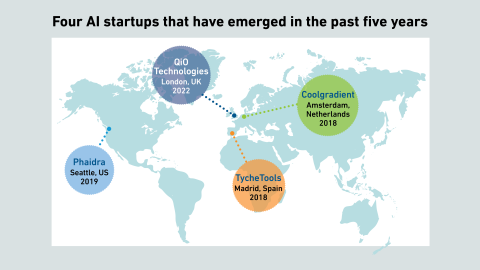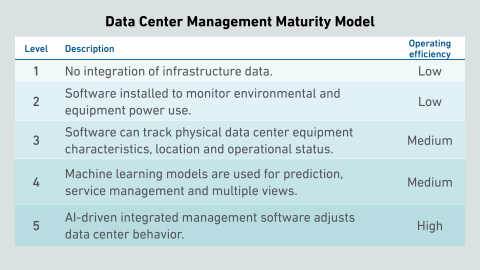This update examines the differences between machine learning and traditional software development and outlines the terms and definitions that may help digital infrastructure operators to understand the role and impact of AI.
filters
Explore All Topics
Our analysis suggests Uptime Intelligence's yearly data center predictions since 2022 continue to be relevant and merit attention going into 2024.
Without the active contribution from IT, data center infrastructure energy performance and sustainability will fall short of aspirations. Server power management features remain unexplored and underused by most efficiency initiatives.
Operators are missing opportunities to lower costs and energy use by not using utilization and power management data, an Uptime Intelligence survey on IT and power efficiency suggests.
In this Webinar, the Uptime Intelligence team looks beyond the obvious trends of 2024 and identifies some of the latest developments and their associated limitations.
Germany's Energy Efficiency Act makes a PUE of 1.2 mandatory for all new data centers starting in 2026. This has reignited a debate: can a data center be both highly available and highly efficient?
Most of Europe's Energy Efficient Directive (EED) requirements are set, but key issues remain. The draft EED delegated act, the last step to finalizing information and key performance indicators, is released for comments and revision.
Large colocation and public cloud companies have been growing strongly and very publicly, but enterprises continue to add data center capacity too, Uptime Intelligence data shows.
Data center and IT managers face growing demand to publish comprehensive carbon inventory reports. But estimates for the carbon content embedded in IT equipment have questionable accuracy and usefulness in informing decisions.
The industry is touting AI as a highly useful tool for data center operations. In this Webinar, Uptime executives discuss the most appropriate AI systems for data center controls and efficiency, along with what works best - and why.
Pressure to improve data center efficiency and sustainability is driving interest in artificial intelligence (AI) technologies. Several startups aim to deliver new capabilities in IT power management and cooling optimization.
Uptime Intelligence looks beyond the more obvious trends of 2024 and identifies some challenging issues. Strong IT demand, high-density IT systems and tough sustainability requirements will drive a new wave of investment.
A new approach to data center management, proposed by data scientists and statisticians, looks to augment the functionality of tools like BMS and DCIM software by focusing on data, not equipment.
Results from the Uptime Institute IT and Power Efficiency Survey 2023 suggest that many organizations may struggle to meet regulatory requirements for energy, carbon and IT life cycle tracking.
Despite high expectations, most operators will only see moderate impact from specialized AI hardware installations in the immediate future. The emergence of AI as a major force will sway the industry in a more profound, but less direct, fashion.
 Max Smolaks
Max Smolaks

 Douglas Donnellan
Douglas Donnellan
 Andy Lawrence
Andy Lawrence
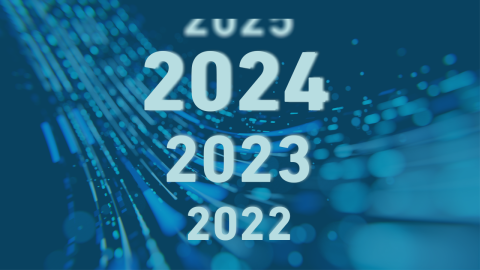
 Daniel Bizo
Daniel Bizo
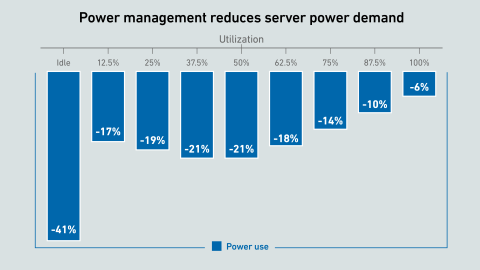
 Jay Dietrich
Jay Dietrich

 Jacqueline Davis
Jacqueline Davis
 John O'Brien
John O'Brien

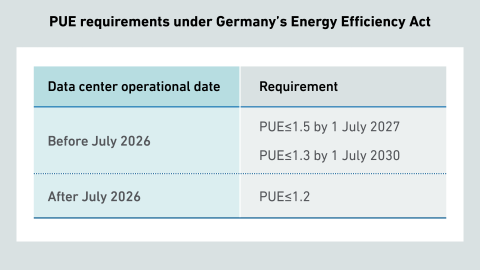


 Rose Weinschenk
Rose Weinschenk

 Todd Traver
Todd Traver
 Amro Almashharawi
Amro Almashharawi

